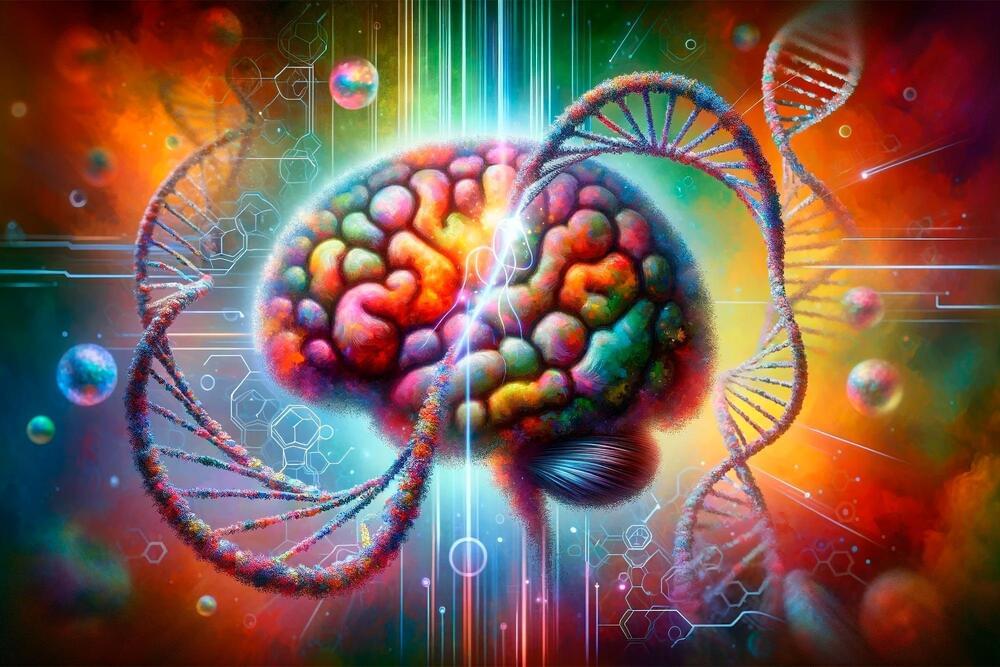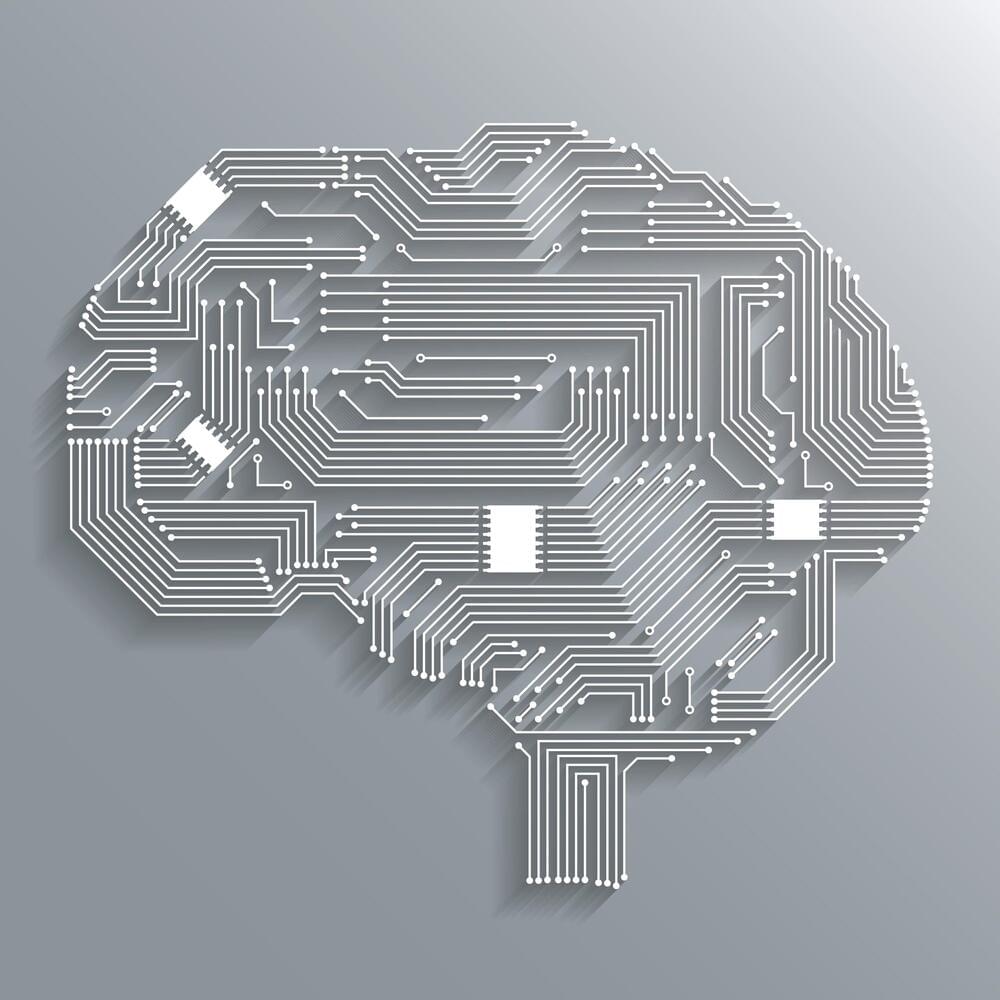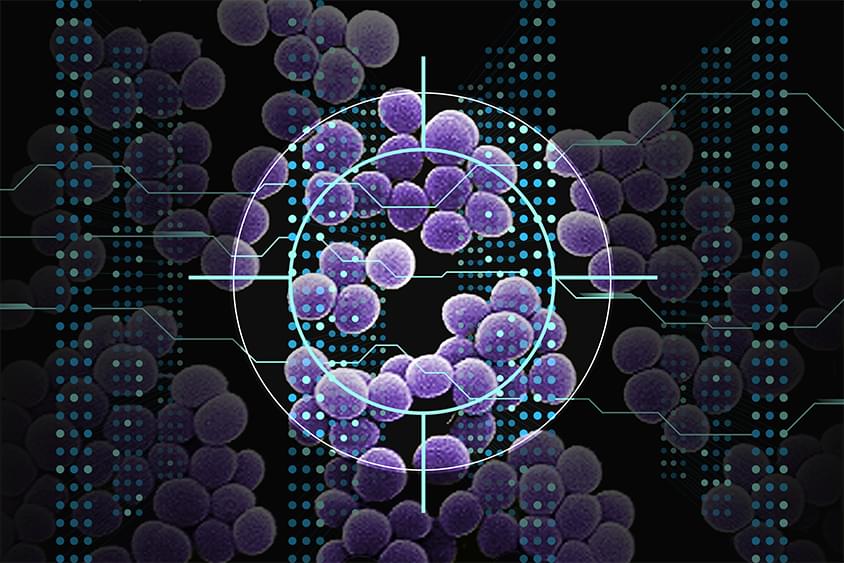A new ISO standard aims to provide an overarching framework for the responsible development of AI.
The International Organization for Standardization (ISO) and the International Electrotechnical Commission (IEC) have approved a new international standard, ISO/IEC 42001. This standard is designed to help organizations develop and use AI systems responsibly.
ISO/IEC 42,001 is the world’s first standard for AI management systems and is intended to provide useful guidance in a rapidly evolving technology area. It addresses various challenges posed by AI, such as ethical considerations, transparency and continuous learning. For organizations, the standard is intended to provide a structured way to balance the risks and opportunities associated with AI.








